Making Worry Dolls

Worry dolls are a lovely way that children can make their own special friend who can listen to their fears and worries. Below are a selection of instructions of how to make these dolls, starting with the most simplest instructions for KS1 moving onto more complicated ones. I would love to see you dolls on Padlet ones you have created them!
Top Tips: How to Bind the Dolls
Use the tips to help you bind the dolls in wool, whichever version you choose.
Whenever possible use long lengths of wool to bind the dolls; this will save unnecessary fastening and joining.
Start by tying a knot around the stick, leaving a 2 or 3 cm length of wool:
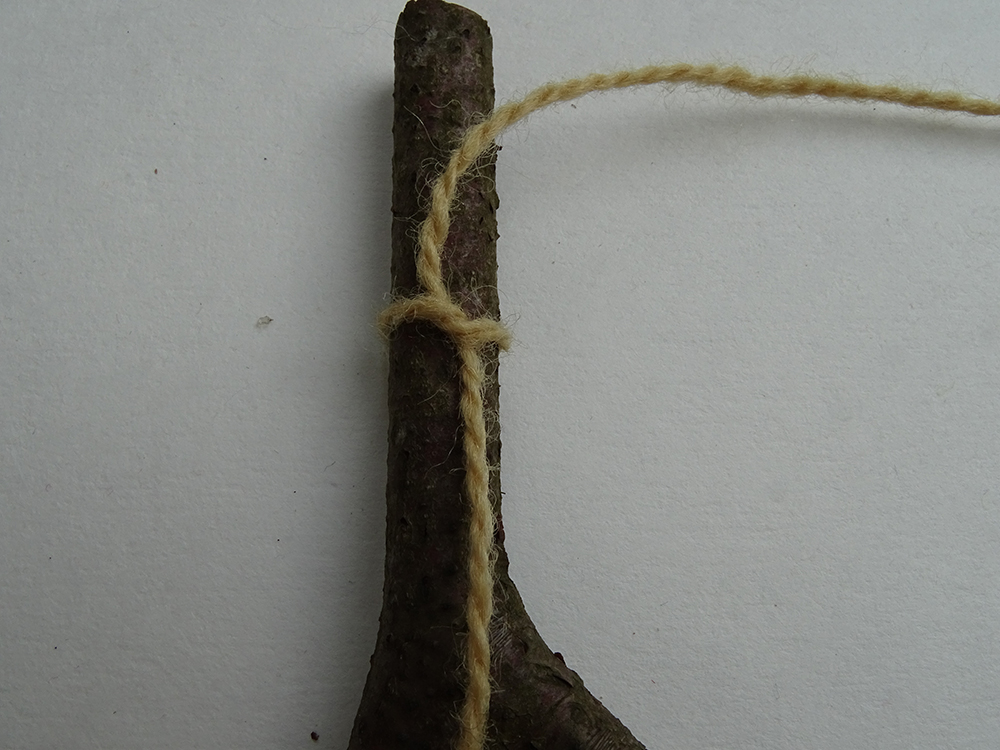
Bind the wool around the stick, catching in the length of wool to keep it tidy:
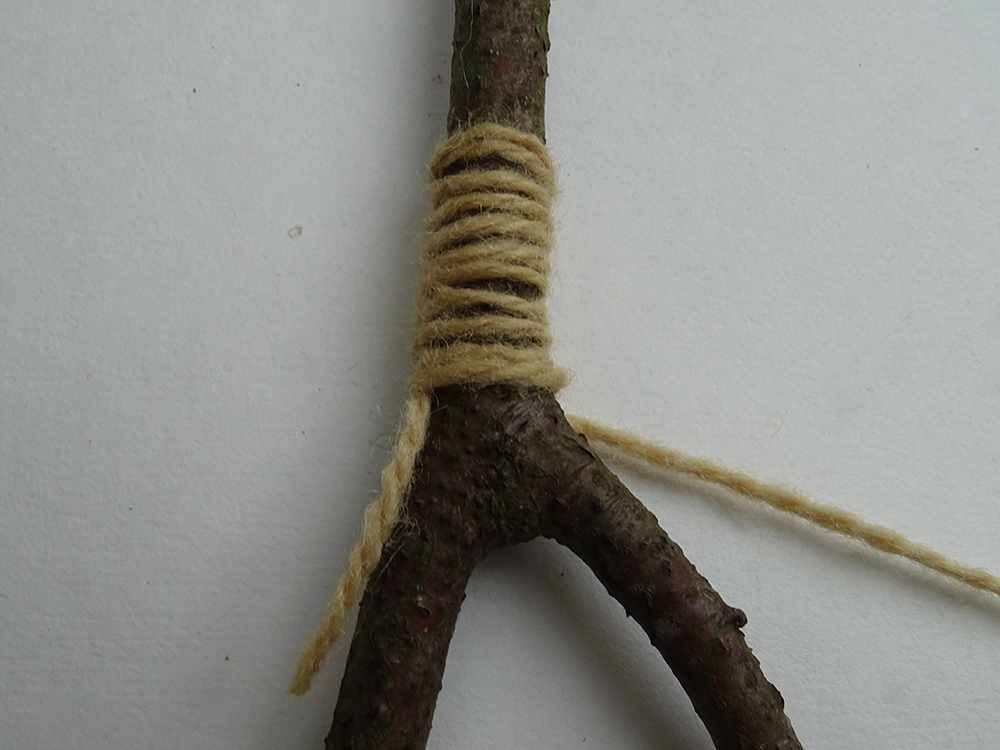
It’s generally easier to make the first knot around the body, then work up to the head, then back down to the body. You can then use the same colour wool to bind the hands: take the same length of wool down the arm to bind the hand and then bind neatly back up the arm. Repeat on the other side, and if needed, down the legs.
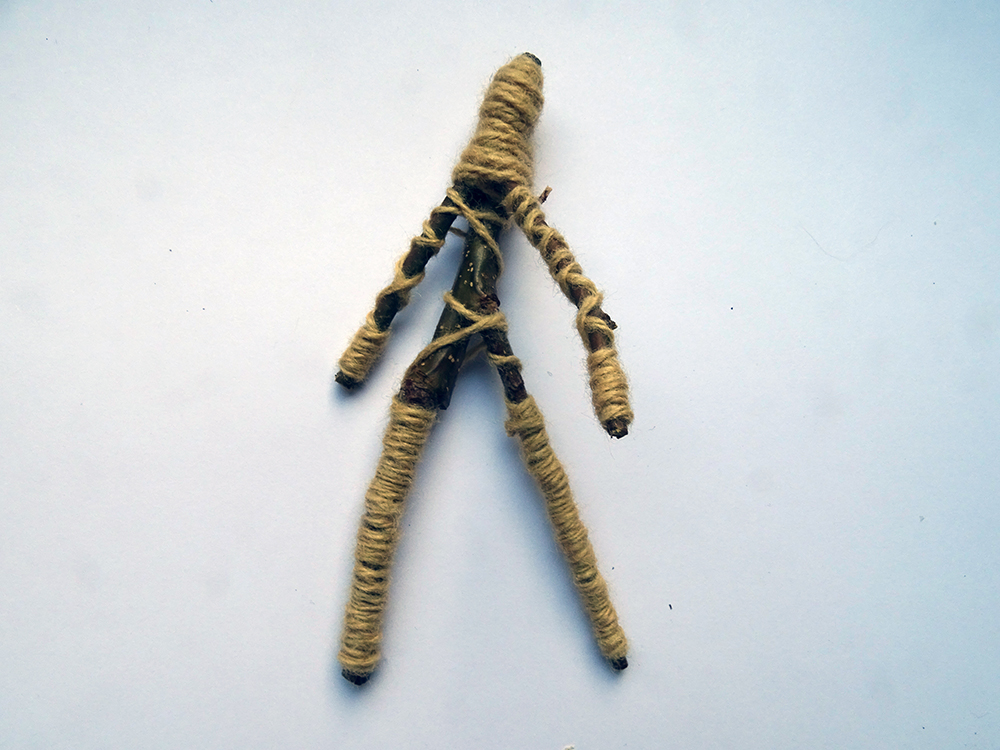
If you are binding lolly sticks you may choose to add a small amount of glue at the head, hands and feet to secure the wool. If you are binding sticks you probably won’t need the glue.
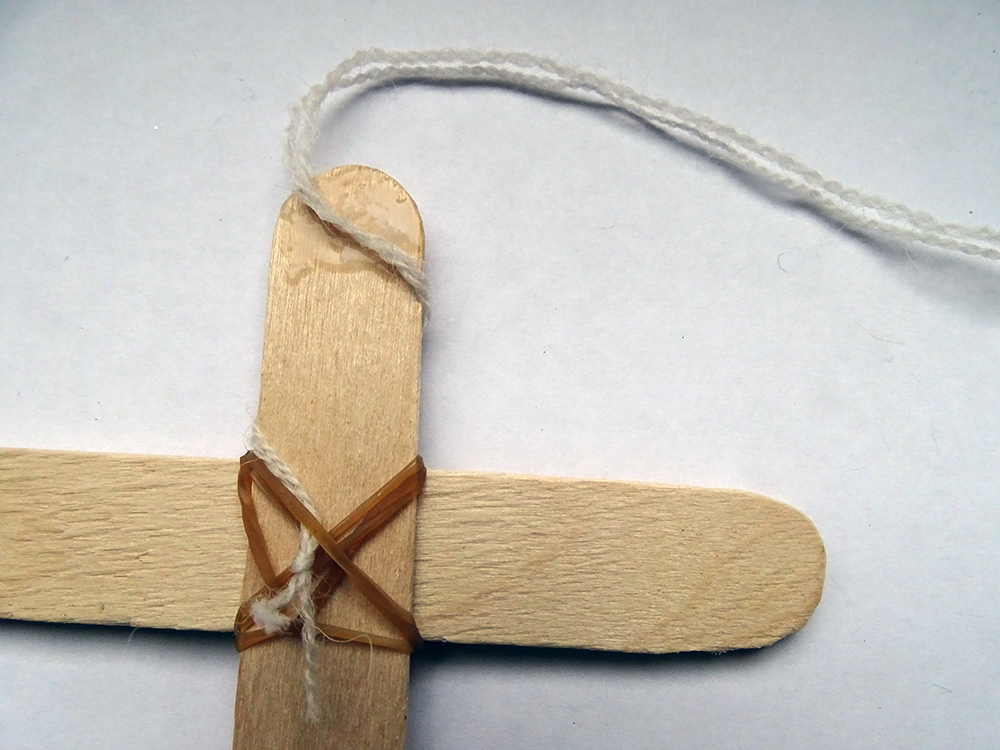
To fasten the wool or change colour, make a simple knot by creating a loop around the stick and passing the wool through it.
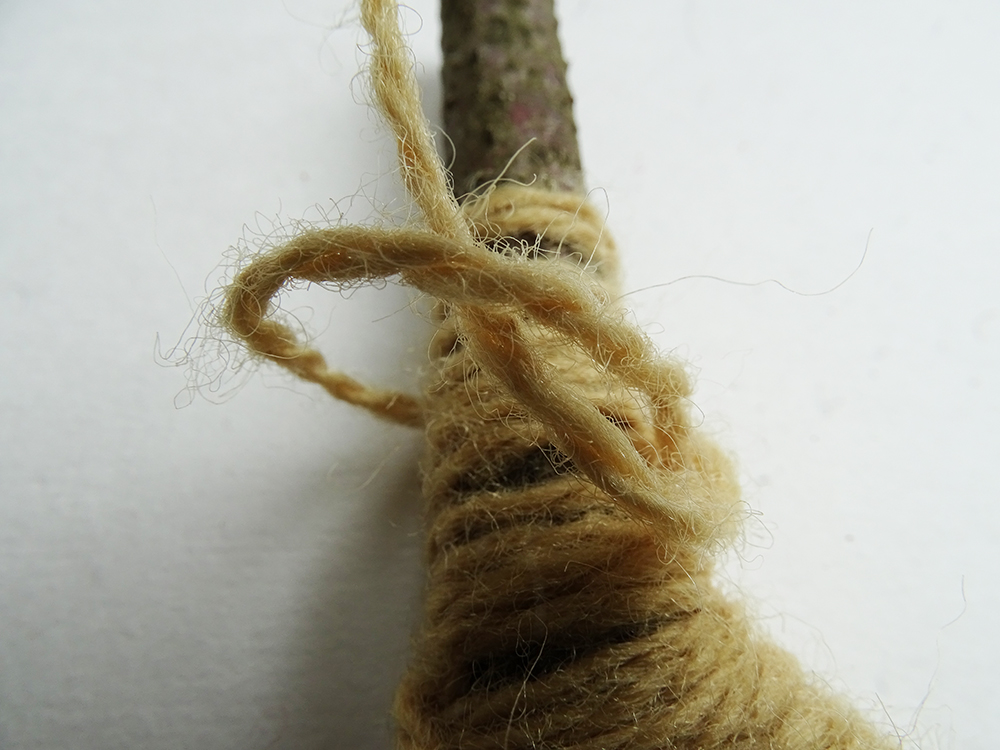
Pull it tight. Cut off the wool again leaving a 2 to 3 cm length.
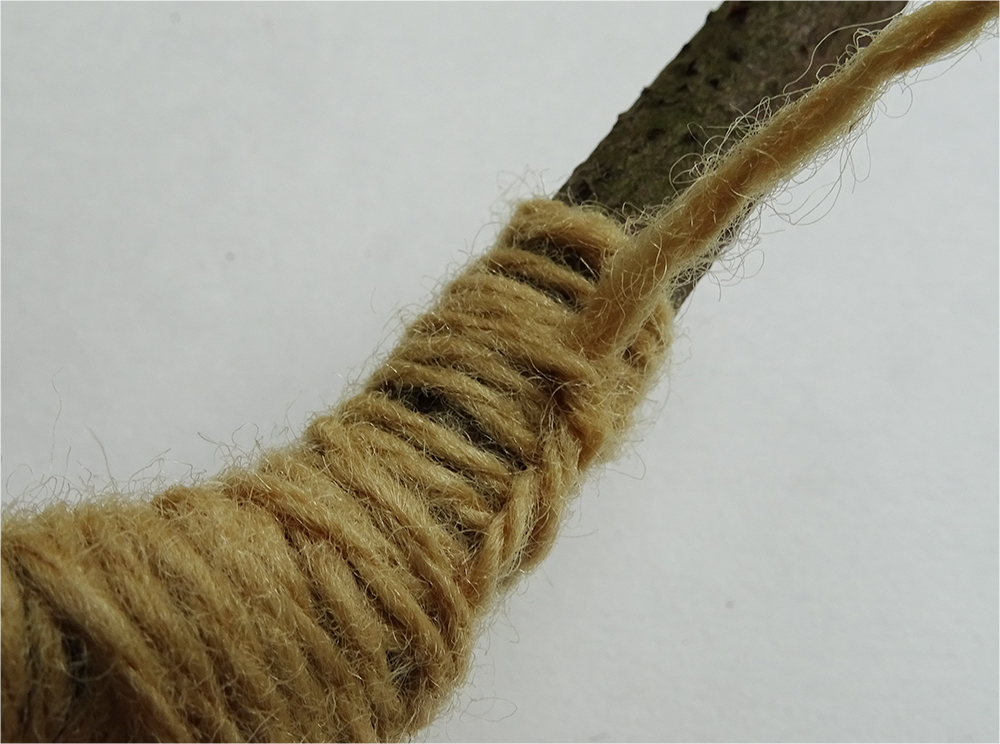
Join the next colour as before, again catching in the end of the wool to keep it tidy.
Version One: Using Pipe Cleaners
These are the simplest worry dolls suitable for Key Stage 1 children. Some children may need help or practise to bind the wool around the pipe cleaners but we encourage you to have a go – it’s important that children get this kind of fine motor skill practice.
You will need:
- Pipe cleaners
- scissors
- wool
- felt tip pen
- Take two pipe cleaners and bend as shown below:
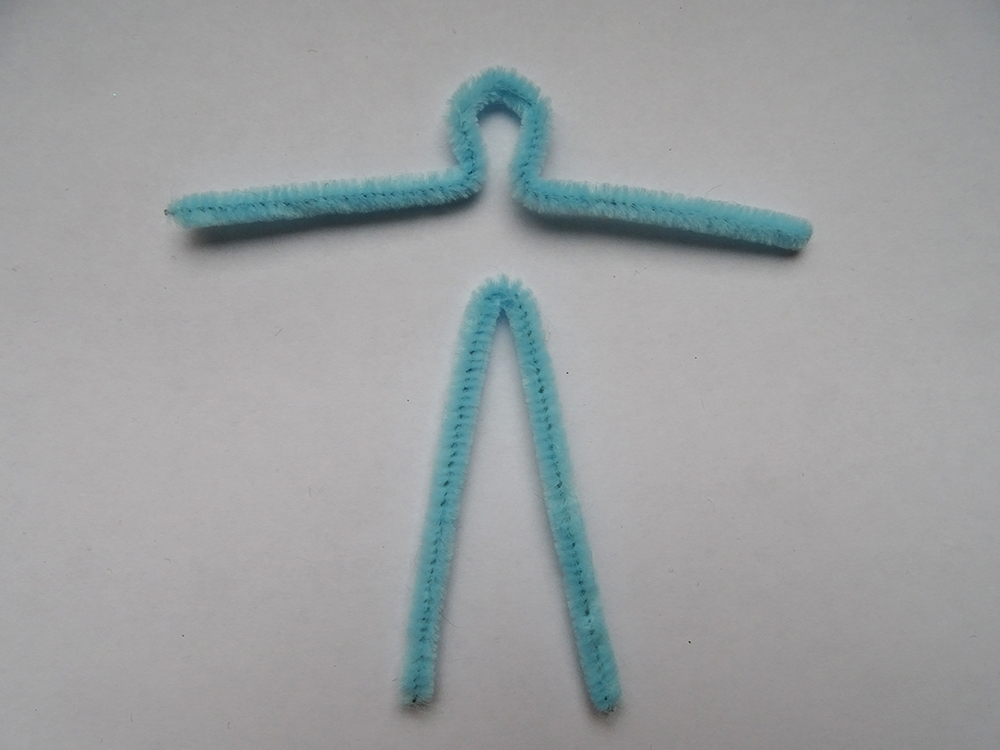
2. Connect them by twisting the legs around the neck, and then wrap the arms around the body to shorten the arms:
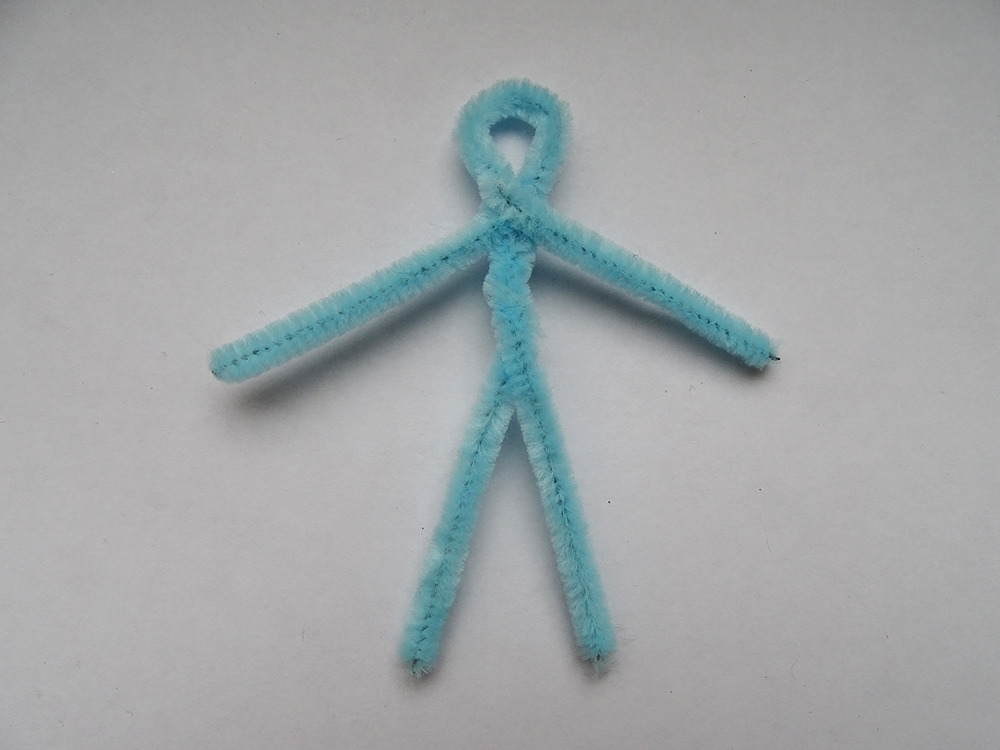
3. Bind with wool to dress the worry doll (see the binding tips above):
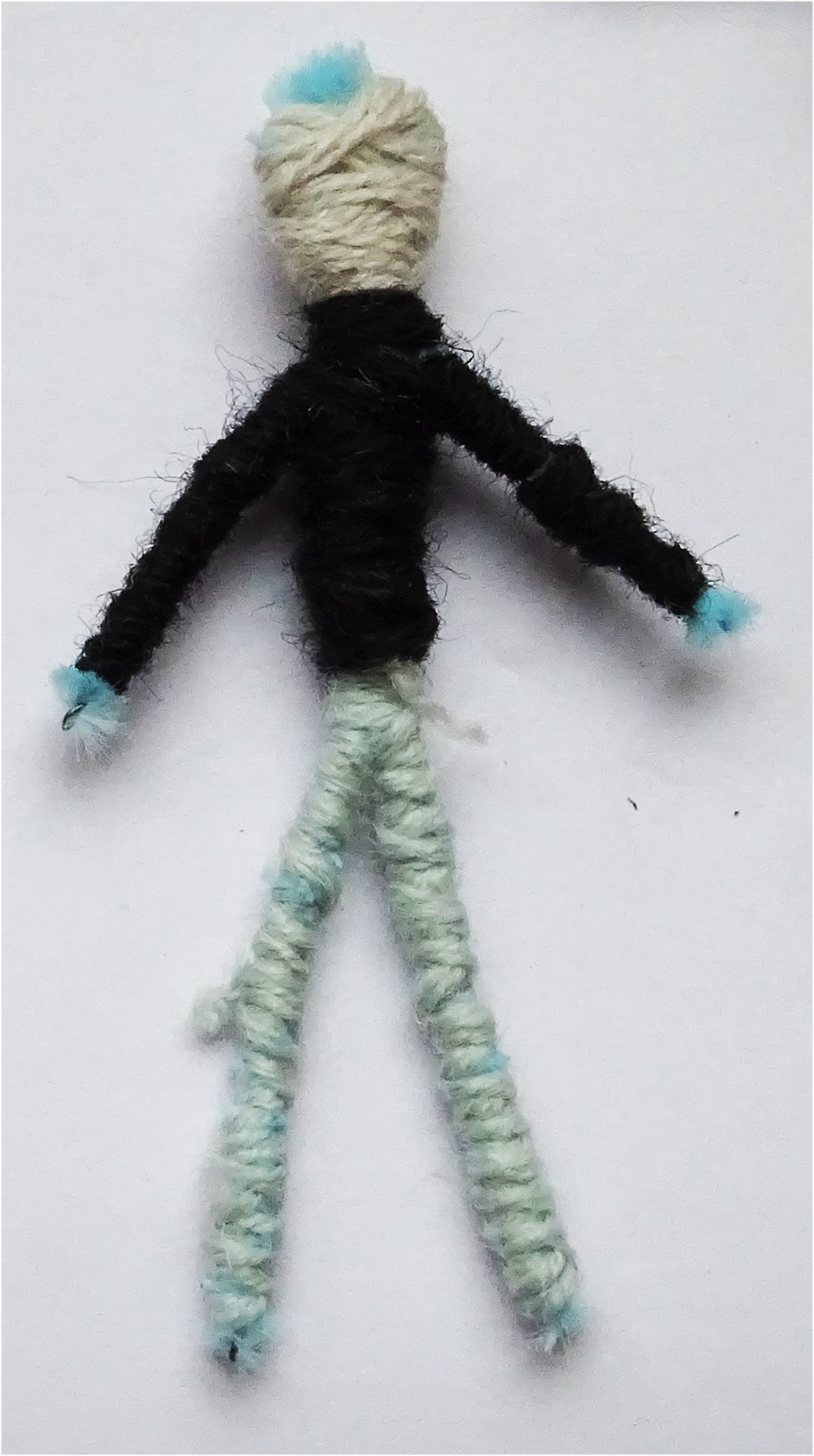
Use colourful wool to dress your doll and because he is made of pipe cleaners you can of course bend him into different positions!
Version Two: Using Lolly Sticks or Simple Twigs
Use larger lolly sticks (available from craft and school supplies) makes it easy for even small fingers to make this version.

- Large lolly sticks, or smaller lolly sticks, straight twigs, or even cocktail sticks
- scissors
- elastic bands
- wool
- fabric
- glue
- felt tip pen
- Take two lolly sticks or other types of sticks and make a cross shape. Use an elastic band to secure them in place:
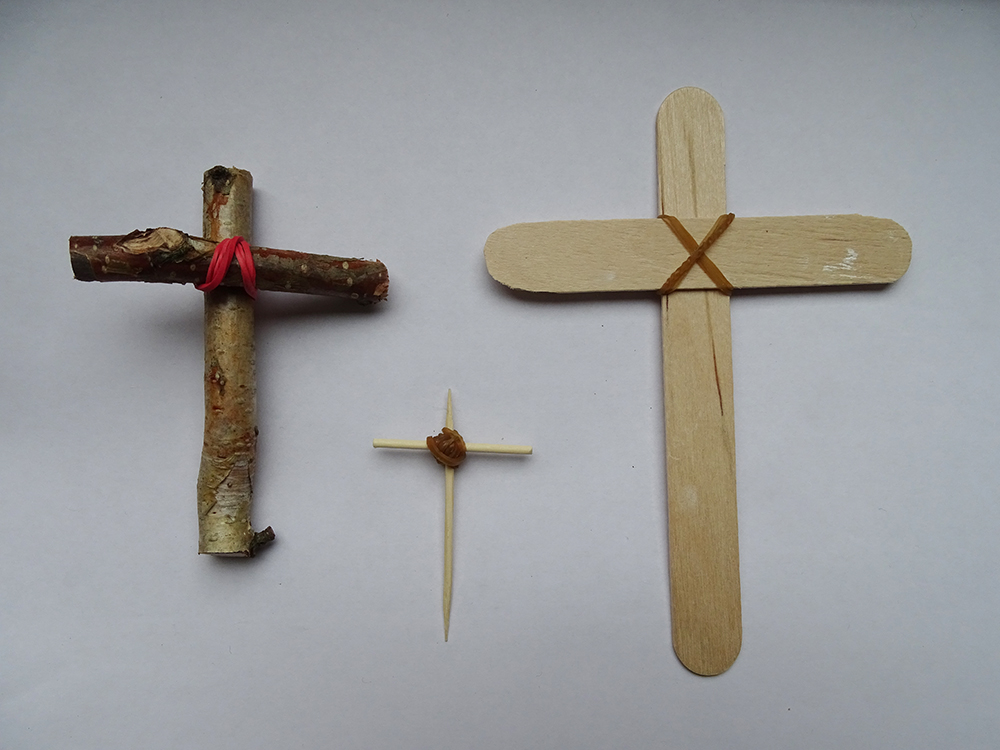
2. Bind with wool as described in Top Tips! above. You can also use fabric to create simple clothes.
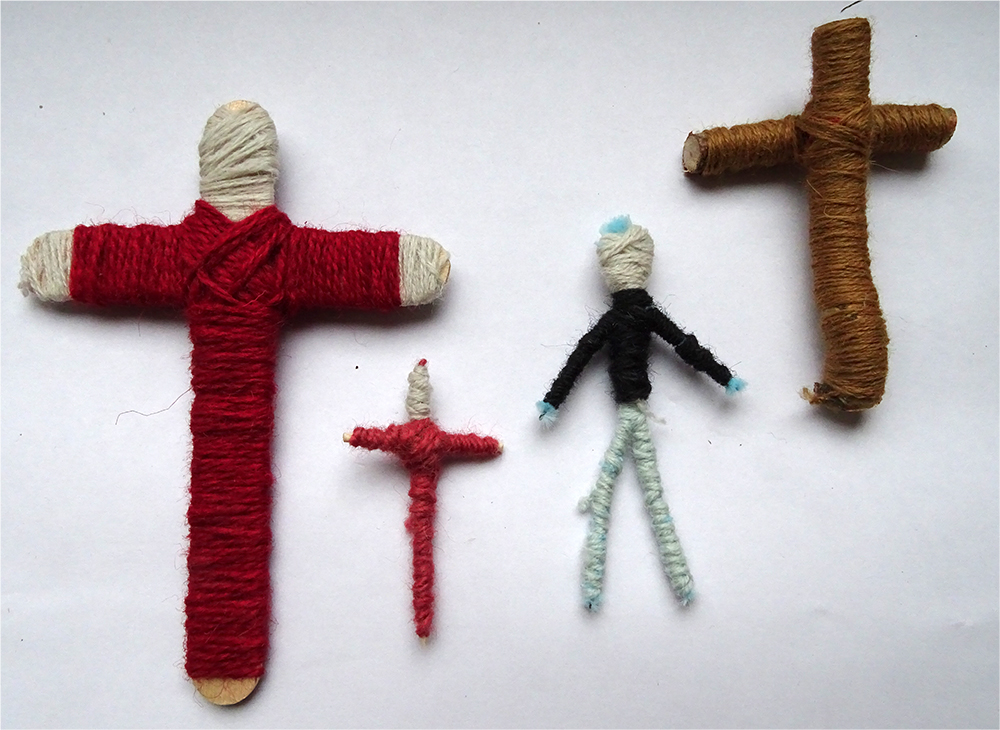


3. Add simple faces using a felt tip pen.
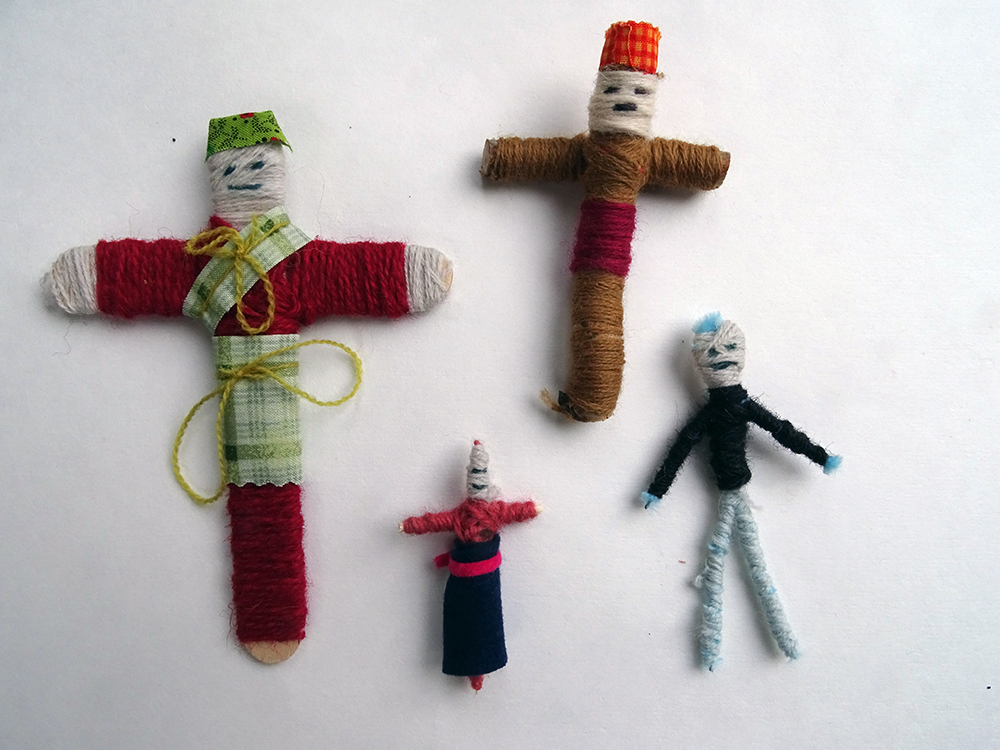
Version Three: Making Stick Man Worry Dolls!
This version is perhaps the most fun and results in dolls with real personality. Look for body-like forms in twigs to help you create a Stick Man version of the traditional worry doll.
- A selection of “Y” shaped twigs
- scissors
- elastic bands
- wool
- fabric
- glue
- felt tip pen
- Collect “Y” shaped twigs to help make your stick man. Use secateurs to help trim twigs to shape. Adults might like to collect twigs on the children’s behalf. You will need two “Y” shaped twigs for each worry doll. Top Tip! Try not to use old twigs which may snap when they are used.
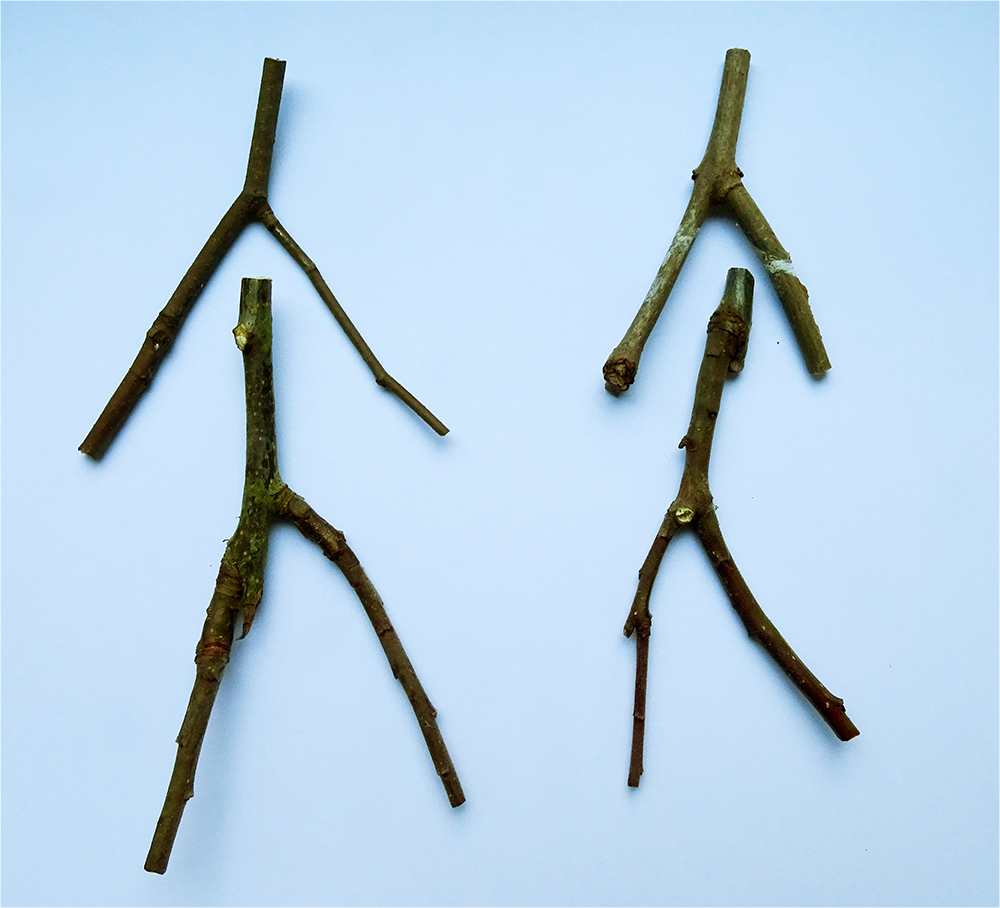
2. Lay the two twigs over each other as in the image below to make a figure shape.
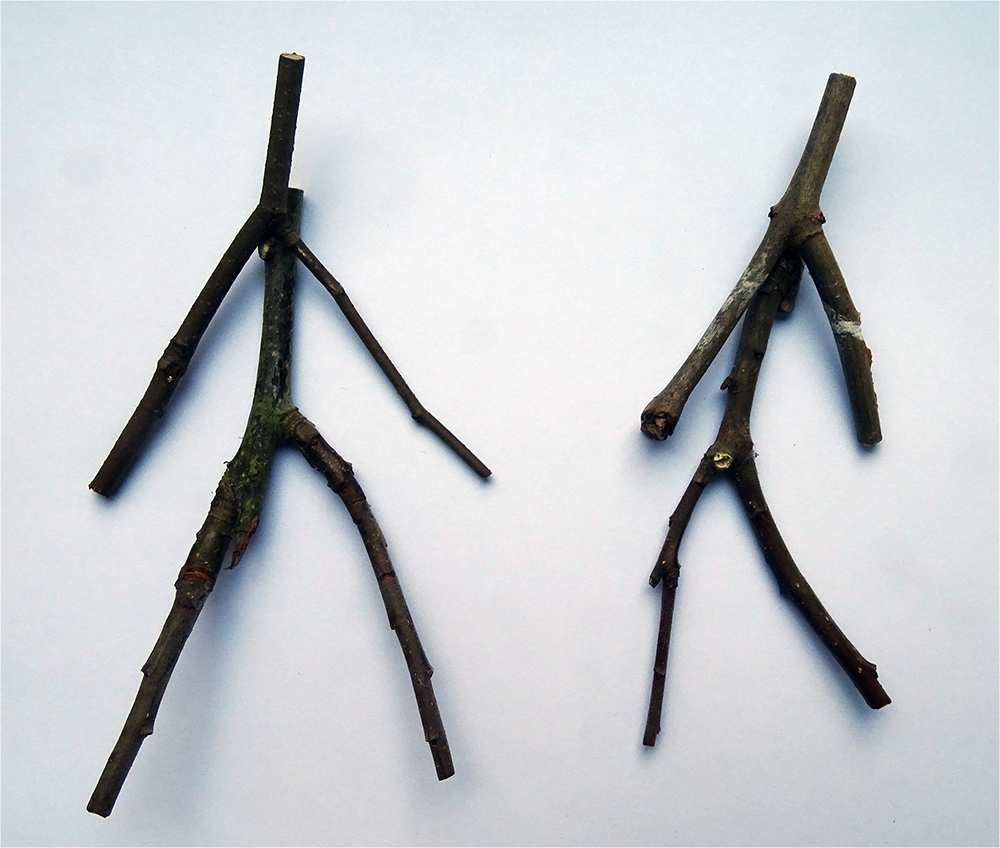
3. Secure with an elastic band.
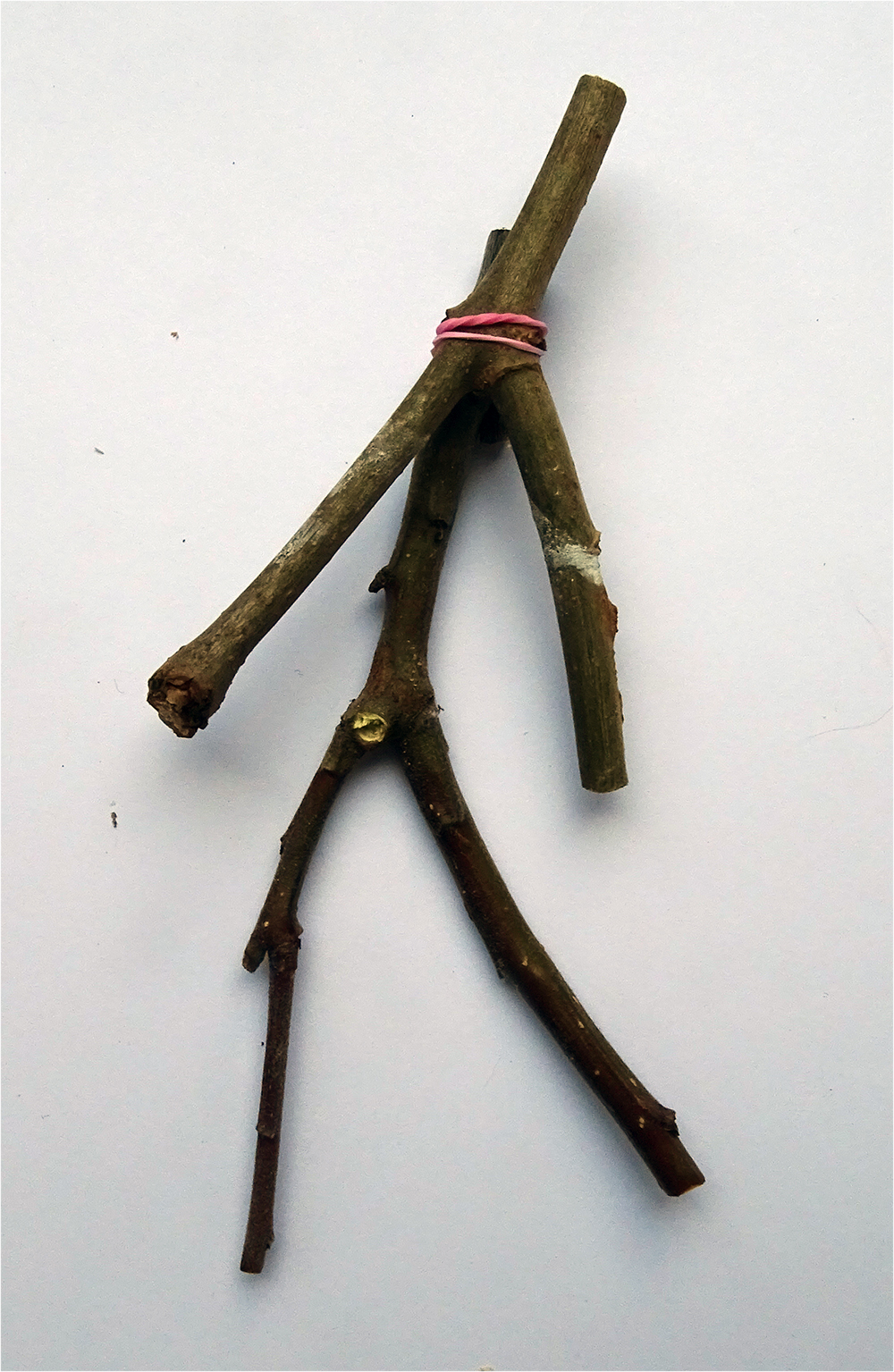
4. And bind with wool to dress!
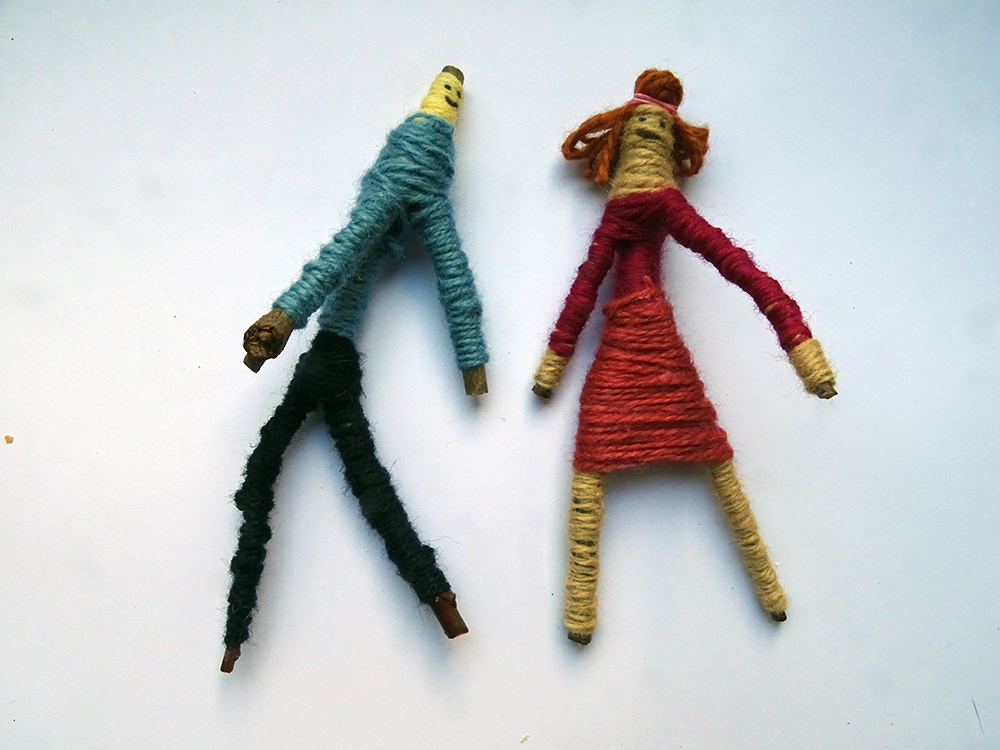
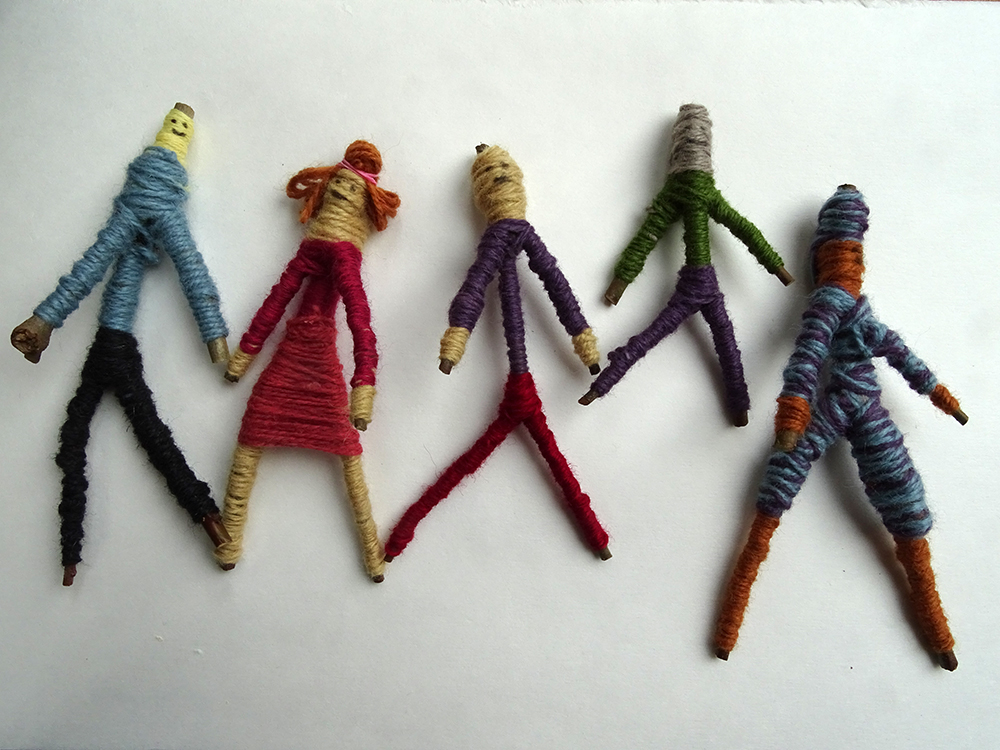
When you have made your worry dolls…
Once you have made your worry dolls, think about how you might use them:
- Encourage children to work in small groups to act out appropriate scenarios
- Use them as a focus for small group discussion about worries. Do you have common worries or worries which you think are unique to you? How easy is to share your worries. How might we make big worries seem smaller?
Acknowledgement: ideas and photographs acquired from https://www.accessart.org.uk
